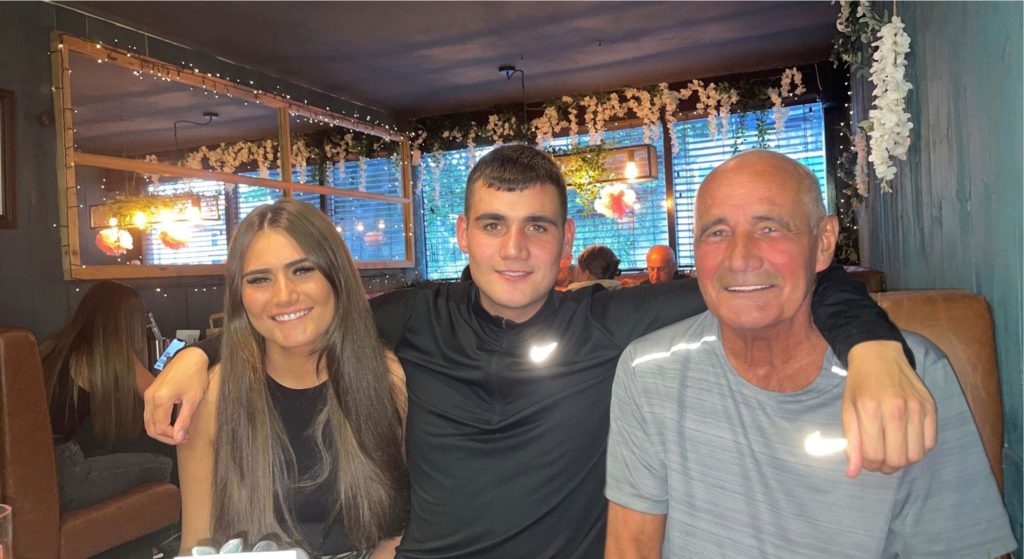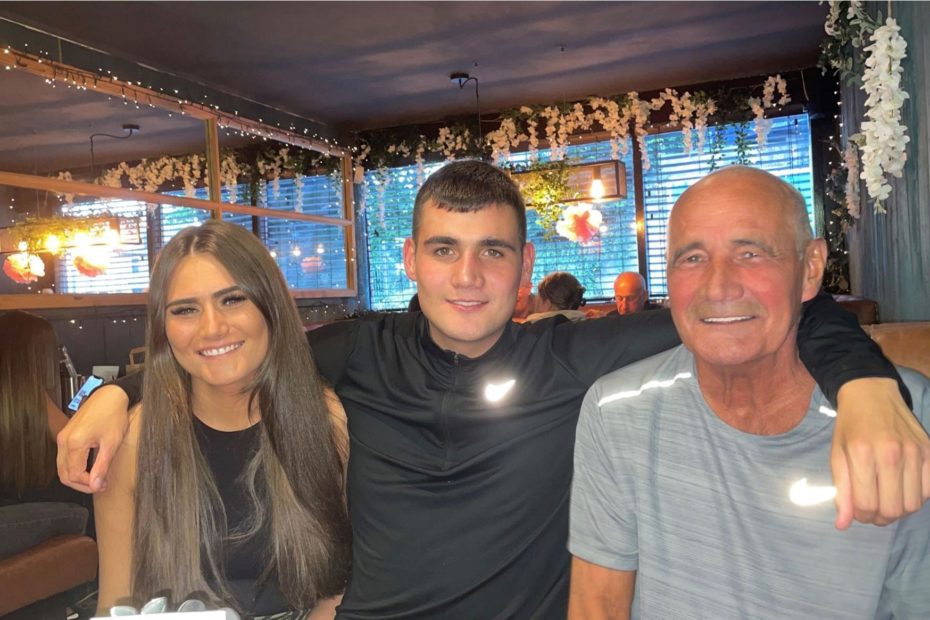
A community care worker is on the road to recovery following brain surgery performed through her wrist.
Carla Hogg, 24, suffered a ruptured brain aneurysm while out running errands earlier this year. Luckily, she was found by Cordia workers and was blue-lighted to the QEUH where doctors performed immediate ‘coiling’ surgery which involved accessing her brain via her wrist to stop the bleeding, saving her life in the process.
Unfortunately, follow-up precautionary scans revealed another two aneurysms. To avoid a repeat of her first rupture, doctors opted to operate via a method which involved entering via Carla’s wrist to access her brain.
The process saw doctors use a network of arteries to feed through a catheter transporting a tiny flexible mesh tube called a stent, towards the aneurysm. The stent, which comes in a range of sizes, was loaded into the very end of the catheter. On reaching the aneurysms, the stents could be positioned in manner which diverted the flow of blood away from the aneurysm, helping minimise the chance of future rupture.
By using this minimally invasive technique, surgeons avoided having to open Carla’s skull to operate which meant Carla avoided associated risks and her recovery time vastly improved, allowing her to go home the next day after her follow-up procedures.
Carla, who lives in Whiteinch, was on the phone to her dad James, 67, when the initial rupture occurred. She said: “I was using hands free to speak to my dad as I drove to the shop and I suddenly started slurring my words. The only other thing I can remember was the feeling of blood rushing from my head down my body. Luckily I had time to pull the car in before I blacked out.”
Carla was put into an induced coma and her family told to prepare for the worst ahead of the life-saving surgery. However, Thanks to the work of the surgeons involved at the time, followed by the preventative surgery, Carla is already looking to get back to work.
Working as a care worker for Cordia, she makes a valuable contribution to looking after the elderly, and is keen to get back into the role as soon as possible. She said: “It’s hard to get my head around having brain surgery to being back on my feet so fast. The staff at the QEUH have been absolutely amazing. I’m a natural worrier and my doctor, Wazim has been there at every step answer all of my questions and look after my care.”
Wazim Izzath, Consultant in Interventional Neuroradiology, has more than five years’ of experience treating aneurysms, and Carla is one of a large number of patients himself and the neuro team have been able to look after by performing stent and coil surgery from the wrist. Wazim said: “Using this type of technology to look after patients like Carla is game changing. It’s a hugely effective means of treating a brain aneurysm and allows the patients to mobilise early and go home the following day, minimising procedural risks and in a position where we know their chances of another rupture are minimised.”

